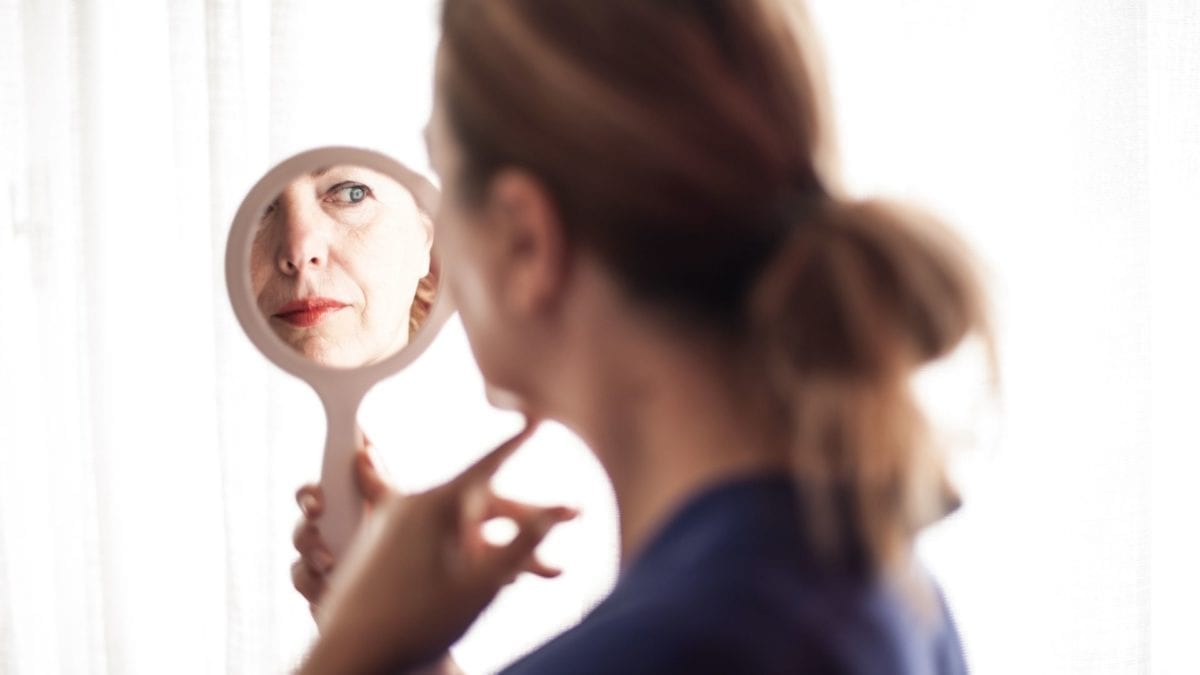On the threshold of a new academic year, parents and students are again confronted by the dilemma of career choices. But insights from neurological and behavioural sciences can help you make an appropriate choice.As schools and colleges reopen, those of us with an interest in brain development and behaviour are witness to, yet again, a stream of anxious parents and their wards seeking advice and support. Course and career choices that young people are about to embark on challenge the best equipped families and provoke considerable debate (and conflict). What is clearly apparent is that both parents and their wards have not, in most cases, prepared themselves adequately for these unique milestones.
We live in an aspirational society, where higher standards of achievement are generally, constantly, being set as the norm. Also one where success has acquired many new connotations! This has its effect on both parents and their wards. Many people set as targets for their children all those goals they wanted to achieve (or wish they had achieved) but couldn’t. Others are keen to ensure their wards follow in their own footsteps, in the belief that this will give them “a leg up” in their careers. What gets forgotten amidst these parental aspirations is that the child may not share these parental goals, nor have the aptitude and ability to see them to fruition. Youngsters too, influenced as they are by a changing society, sometimes set unreasonable targets for themselves; targets for which they may not necessarily have the ability, aptitude or at a pragmatic level, wherewithal. Peer pressure also plays on both parents and their wards. One often encounters otherwise relaxed parents degenerating into a state of panic at the thought of admissions and career choices. There is no doubt therefore that this scenario causes much distress to all concerned.
Help at Hand: A question that is not asked often enough is whether there is a science that will help us approach career and course choices logically. Today, neurological and behavioural scientists have a sophisticated understanding of human brain development and behaviour. Application of even working knowledge in these fields can help both parents and their wards. The concept of hemispheric dominance, i.e. which side of the brain has a more dominant effect in the concerned individual, is one example of how brain function may influence aptitude, learning, behaviour and consequently success.From a cognition perspective, people who are left brain dominant have a better verbal memory, better linguistic abilities, reasoning and logical skills and better vocabulary! From a behavioural perspective, these left brain dominant individuals tend to be more ideological and philosophical in their approach; more motivated by social and pragmatic, rather than emotional concerns; more diligent, purposeful, capable of greater tenacity and driven more often by a sense of duty. On the other hand, people with right brain dominance have a better visual memory, better perception of space, better appreciation of the fine arts, and greater creative ability. They also tend to be more mood and emotion driven in making their choices. As a consequence, they may work with inspirational bursts of energy, not for reasons of purpose, duty, outcome or workplace ethic alone. Those in the creative professions are commonly observed to have such predilections. Put simply, left brain dominant individuals think with their heads; those who are right brain dominant, with their hearts!
Plenty of Options: Can these concepts be useful in making course and career choices? Courses and careers that leverage on a person’s natural aptitude and ability are most likely to be enjoyed and to result in successful outcomes. Pre-eminent among these for the left brain dominant individual are careers that demand literary learning, verbal memory, logical reasoning and diligence; medicine, law, business studies, accounting and finance, computing, research, some humanity disciplines (philosophy, psychology, sociology, history, economics etc.), teaching conventional subjects, to name a few important choices. On the other hand a right brain dominant person may choose the fine arts, theatre, cinema, music, architecture, design, advertising and media, and a range of other careers that demand creative endeavour. Indeed, it may not be just in the choice of careers that brain dominance plays a role. Even within these professions, brain dominance may help define specialisation, role functioning and ability.Parents and their wards may therefore do well to consider these factors in making decisions about courses, careers ands the future. The rapid strides that we have made in economic and social development in urban India have engendered a certain egalitarian ethos in our work places and across professions. No longer does one have to be a doctor, lawyer, accountant, bureaucrat or manager in order to “succeed”. While these career choices remain rather more secure and acceptable across social strata, the career buffet that the young person is presented with today accommodates a range of aptitudes and abilities, with differences in qualification or educational endowment not really being reflected in the pay cheque, in the grossly discriminatory manner so familiar even a decade ago. Young people today have the option of starting work relatively early in life, with fewer formal qualifications, often being paid better for their efforts than older, more experienced and perhaps better qualified individuals in their own families. When such glasnost has percolated into the workplace, then pray why the angst and obsession about traditional and safe career choices? Why not just allow young people to make the choices their brains are dominant for; accepting thereby the predominance of brain dominance!
Facts:
- Courses and careers that leverage on a person’s natural aptitude and ability are most likely to be enjoyed and to result in successful outcomes.
- Reading the brain Put simply, left brain dominant individuals think with their heads; the right brain dominant, with their hearts! Why not just allow young people to make the choices their brains are dominant for? Both parents and wards are not prepared adequately to tackle these unique milestones.










